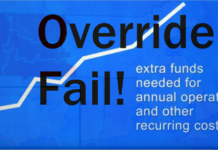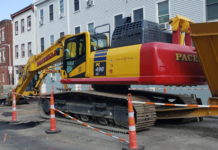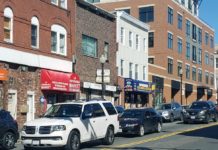by MATT ROBARE
SPECIAL TO EASTBOSTON.COM
In January 2021, the Massachusetts legislature passed and the Governor signed a law requiring that MBTA communities create a zoning district that encourages multifamily homes around its stations. The law also eliminated a requirement that zoning changes need supermajorities to pass in town meetings and city councils.
Section 3A, which engaged the MBTA, was wisely part of an economic development bill that recognized the region’s housing crisis.
This summer the Commonwealth’s Department of Housing and Community Development is expected to complete its guidelines that MBTA communities will follow. However, Boston is not covered by the law.
The law is the multi-year culmination of work by activists, legislators and Governor Charlie Baker to increase housing production in Massachusetts. Those cranes that dot the city’s skyline are misleading picture. The building boom rarely is about the volume of housing to meet demand.,
This has pushed up prices and rents almost everywhere, but most dramatically in the Boston area. The results are troublesome: young people delay forming families, gentrification grows apace, long time residents are displaced and homelessness persists. Along with that comes traffic congestion as people, unable to buy homes closer to their workplaces, head for more distant suburbs knowing that they must commute.
Limited supply not only helps keep prices high, but prevents healthy turnover in the apartment market, as even people who can afford to buy wind up waiting for something to come on the market, which, in turn contributes to a lack of available apartments.
According to The Greater Boston Housing Report Card 2019, permits for new homes never returned to its previous peak in 2019. Overall, Massachusetts communities permitted less housing in the past two decades than they did in the 1980s. This in spite of what the Walsh administration called Boston’s third building boom.

Moreover, new multifamily housing is increasingly concentrated in Boston, Cambridge, Somerville and Chelsea. While there is certainly demand for apartments in those cities, especially the first three with their access to jobs and the MBTA, there are negatives. The concentration prevents people moving out to other communities, but also prevents seniors from downsizing while staying in their communities.
The lack of new construction outside of Boston also prevents towns from growing their tax lists to fund services and infrastructure, thanks to Proposition 2 ½. This forces them to either have continual overrides, raising taxes on homes and businesses, or to ask the state for more money. Or both. Without new housing, they either raise taxes on themselves or force the state to raise taxes on everybody.
The concentration can also result in developers overpaying for land, which translates into higher rents and condo prices in the neighborhood. Enough housing could be built at Suffolk Downs to satisfy current regional demand (this is not what they’re doing, however), but it would still probably increase nearby property values. Such are the network effects.
“Upzoning” can help reduce rent increases, if not reduce them overall, by allowing the construction of more housing. Most of the new housing will not be affordable by itself, but it will reduce the competition for many existing homes.
In 2012, commentator Matt Yglesias used a car analogy to explain what housing experts call filtering. Of all the people who want to own a car, only a few can afford to buy new ones, so most people buy used cars – but because there is no restriction on automakers increasing the number of new cars they make every year, there is a constant renewal in the number of used cars available at affordable prices.
Housing should work that way but it doesn’t.
In Boston, the 2019 Report Card reported, there is so little new housing construction that today half of the region’s housing stock were built before 1960. Imagine if one out of every two cars on the Pike, Route 93 or Storrow Drive were predated from before 1960. One would wind up with vehicles without power steering, anti-lock brakes, seatbelts, airbags, radios all run on engines filled with leaded gasoline. And don’t forget the cigarette lighters.
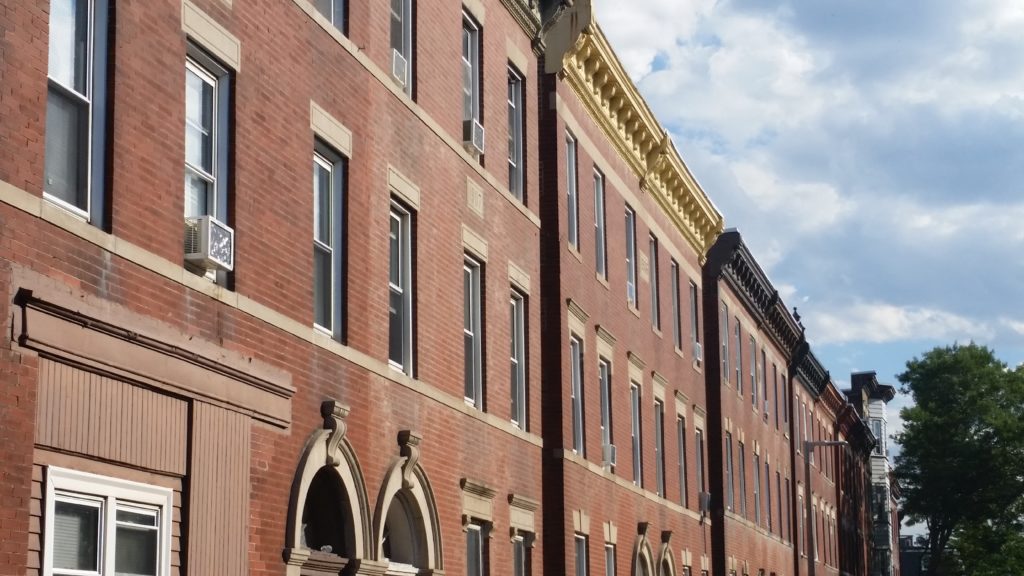
The state guidelines will likely generate pushback from affected towns and people living near the train stations. They favor current conditions. In some towns, there will likely be legal maneuvers of one sort or another in order to evade complying with the new law. Bellwether California offers a troubling lesson for Massachusetts. Recently, upzoning in Woodside, California found residents petitioning for a mountain lion sanctuary, which would prevent new housing. The
California attorney general told such circumventing is out of bounds legally.
In Massachusetts, the City of Newton attempted to argue that its private country clubs constituted a protected natural area that exempted the city from having to allow housing developments under Chapter 40b, a Massachusetts state law that effectively overrides local zoning and planning in favor of affordable housing. Chapter 40b, which favors developers who include affordable units in their plans, is considered a solution to address the supply shortfall. Virtually no municipality in Massachusetts has enough under the law. If history is any guide, not only will cities and towns grasp at any straw available to them, but in wealthier towns, the citizens will likely file lawsuits of their own. This is a common tactic – it doesn’t matter if they win or lose, as long as they make the developer spend more money.
One of the provisions of Section 3A that’s sure to be more controversial is that housing in the zone must be built to a minimum density of 15 units per acre. Few things are misunderstood as density, which is often confused with overcrowding and calls up images of slums or undesirable areas. The two major ways of measuring density are dwelling units per acre and people per square mile. American cities aren’t densely populated by world standards: Vincennes, France, has a population density of about 67,000 people per square mile and is one of the wealthiest, most exclusive suburbs in Europe. In contrast, Somerville, which is the most densely populated city in New England, has a density of about 20,000 people per square mile. As a whole, Boston a mite under 14,000 people per square mile.
According to the Massachusetts Center for Housing Partnership’s TODEX tool, the neighborhoods closest to the 15 dwelling units per acre include Davis, Ashmont, JFK/UMass, Fields Corner, Porter Square, Four Corners-Geneva Ave and Heath Street. So, picture traditional Boston three-deckers lining a street, not a 45-story tower. For comparison, the North End has 46 dwelling units per acre, Beacon Hill ranges from 35 to 56, Back Bay and South End are in the 40s, Maverick Square and the area around Airport Station are 24 and 20 dwelling units per acre. Overcrowding results when too many people share too few dwelling units, as, for example, when there’s a housing shortage.
Urbanists advocate for higher residential densities in cities and close in suburbs for several reasons. It’s a more cost-effective use of a scare resource, it’s more sustainable. If you plot the world’s cities by population density vs carbon emissions per capita, the resulting graphs are basically inverses of each other, with higher density cities having less individual carbon emissions. Higher density neighborhoods also demonstrate more resilience against economic upheaval – there are literally more customers around to support local businesses and so these neighborhoods often have more vibrant retail sectors than big box shopping centers.
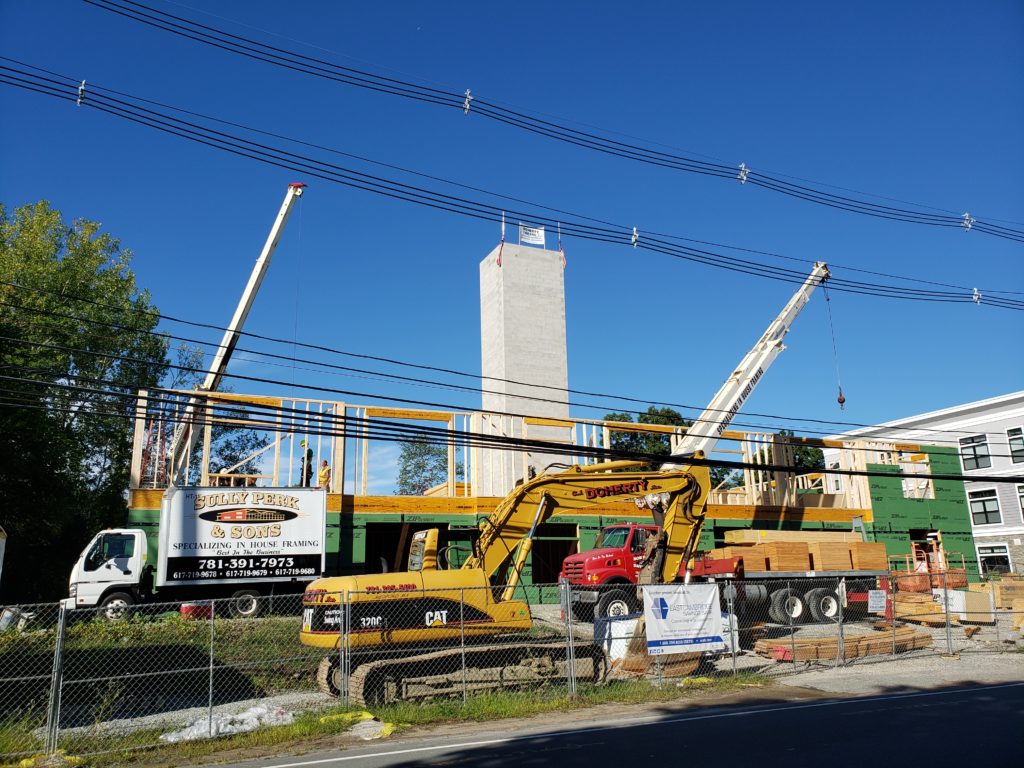
Another reason why Massachusetts needs to build more housing is that currently, the main mechanism for building new affordable housing is through local inclusionary development ordinances. Under these rules, developers must set aside a portion of the housing they build for people making a certain percentage of the area median income (AMI). Since this forces the developer to take a loss on the unit, the portion must be small enough that it doesn’t totally quash new buildings by making them too expensive to build (very high inclusionary development requirements was another tactic in some California cities to prevent new homes from being built). In the Boston area these requirements range from ten to 20 percent. They do depress housing production, so there is a trade-off in building some affordable housing versus keeping everyone’s rents down. However, it’s not deeply affordable housing – the AMI requirements work out to an individual earning up to about $50,000 a year qualifying for an apartment like that. Most cities and towns don’t even have these ordinances, so their impact on the multifamily districts created by the new legislation will be minimal.
Creating deeply affordable housing is very difficult. Non-profit developers face many barriers that keep market-rate housing so expensive – high land and labor costs, regulatory barriers and neighborhood opposition, as well as unique ones – funding new affordable housing involves navigating a labyrinthine process of various grant programs, tax credits and private foundations, which in turn results in higher borrowing costs. Cambridge recently attempted to make it slightly easier by passing a zoning overlay that makes buildings where all the units are affordable legal to build everywhere in the city, but the financial and bureaucratic barriers remain.
Building the new housing near MBTA commuter rail stations will blunt the need or demand for parking and help public transit’s ridership recover from the pandemic. One potential wrinkle is that many Massachusetts towns lack amenities like grocery stores near existing stations, which will contribute to car usage.
The housing shortage affects everyone in the Commonwealth – unaffordable housing increases the cost of living, diverts money that would be saved and invested or spent at local businesses, causes long-time residents to lose their homes. The current crisis can be both comic and tragic — comic, like watching lines for open houses stretch around the block, — and tragic, like the people living in makeshift tents along Melnea Cass Blvd.
The housing crisis can only be solved by cities and towns working together to build new housing of all types and for all income levels, not each retreating and pulling up the ladder behind them.
Matthew M. Robare is a freelance writer in Brighton and a regular contributor to EastBoston.com. Follow him on Twitter @MattRobare. You can read more of his work at www.mattrobarewrites.com.


